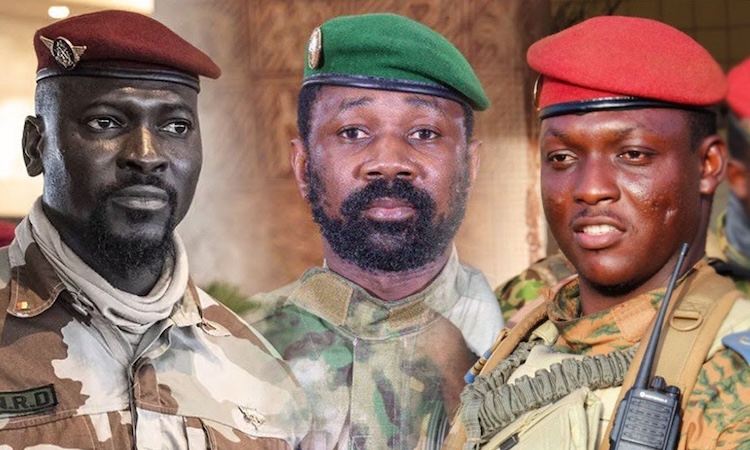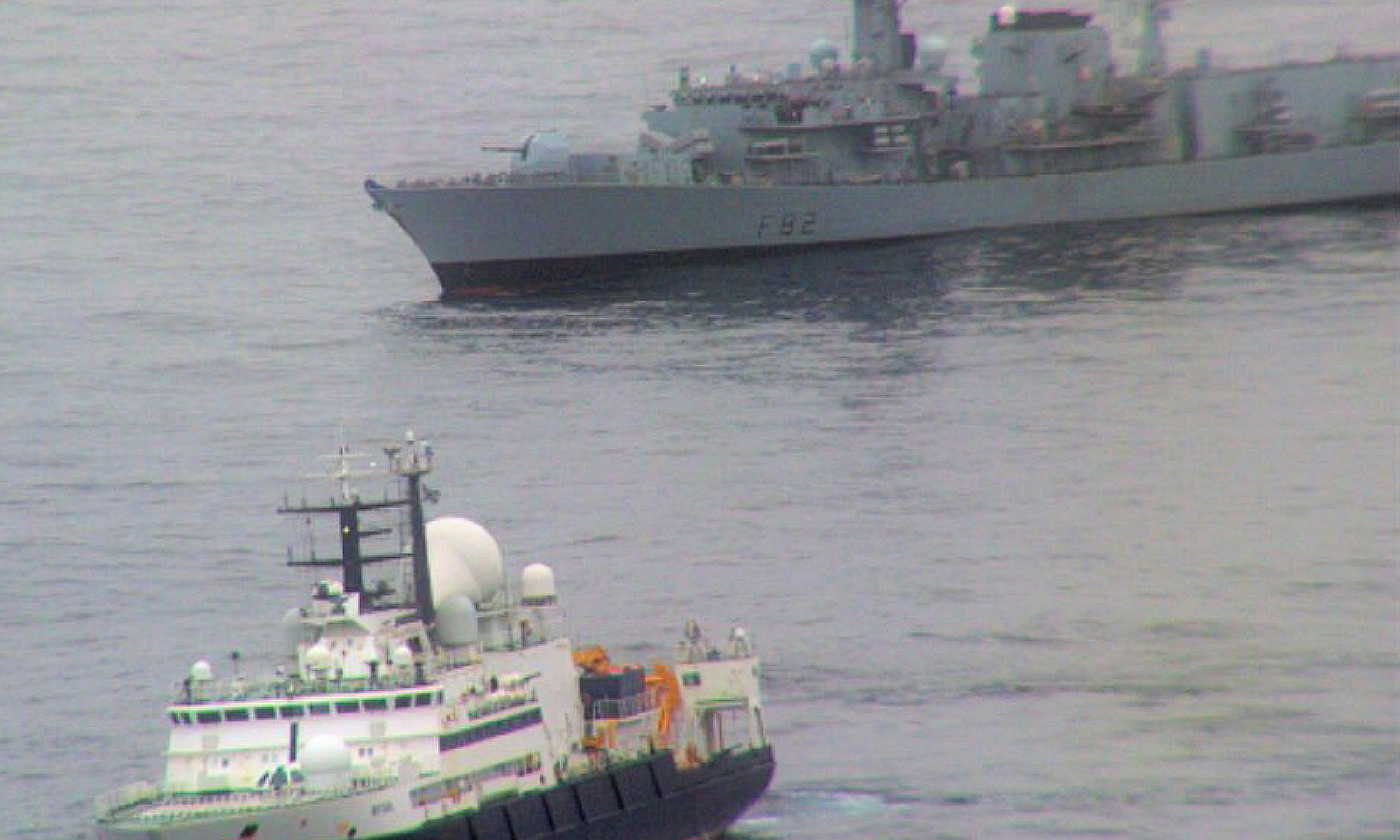On 27 May, the Labour for Irish Unity group held a well-attended online meeting with guest speakers John Finucane (son of murdered human rights lawyer Pat Finucane) and Briege Voyle (daughter of Ballymurphy massacre victim Joan Connolly).
Chairing the event, Nadine Finch stressed that the group she represents is not about punishment but rather openness and honesty so that the Irish people can move on – not forgetting their past or even forgiving every act, but hopefully arriving at a better understanding and acceptance of their shared history. She pointed to the example of South Africa’s truth and reconciliation commission, under whose auspices people from all sides gave testimonies, as a possible model for Ireland to learn from.
Assassination of Pat Finucane
John Finucane spoke with great pride of his father’s work. Pat, a working-class lad from the Falls Road in West Belfast, had become a lawyer and married his wife Geraldine after they met at university. Although she came from a protestant family, the couple had settled in the republican part of Belfast to bring up their three children.
That was also where he set up his law firm in 1979, pioneering the practice of taking legal cases against the British state in order to force its soldiers to give evidence. He represented Bobby Sands and was in great demand among catholic and/or republican workers accused of ‘terrorism’ by the British occupiers.
As a result of this work, Pat Finucane received a large volume of death threats; threats that his family had simply learned to live with – until the day a caller at their home shot Pat 14 times and Geraldine once.
John, now a respected member of Sinn Féin, accepted the need for some kind of truth facilitation process, possibly with immunity for all the people of Ireland so they can learn to live in peace, but stressed his view that such immunity should not be extended to cover crimes organised and carried out by a foreign power and its occupation forces.
In discussing the murder of his father, John acknowledged the apology that former prime minister David Cameron had made to his family on behalf of Britain for Pat’s killing. In making that apology, Cameron had recognised and condemned the “shocking level of collusion” between British security forces and loyalist death squads.
This apology had at least seemed sincere, said John, and was in stark contrast to the mealy-mouthed half-apology given so recently by premier Boris Johnson to families of the victims of the Ballymurphy massacre.
John highlighted the passing through the British parliament last year of the Covert Human Intelligence Sources Bill (CHIS), which specifically entitles various government bodies to legally act illegally. “If my father had been killed today,” he said, “it would be ok so long as all the right boxes had been ticked beforehand.”
After revealing that there may be moves afoot in Britain to give immunity to all her soldiers, John ended by saying: “The assassination of political opponents of the British state and its policies did not start or end with the killing of one man, my father. There exists a system for killing people. But who directs it? Who orders it? And who finances it?”
Ballymurphy massacre
Briege Voyle thanked John for bringing up prime minister Johnson’s mockery of an apology, but stated on behalf of the Ballymurphy community: “We don’t want their apologies. That’s not what we have been seeking. We still want justice.”
Referring to the recent inquiry into the August 1971 massacre at Ballymurphy, Briege said that the community was thankful that at last, after all these years, a British court had admitted that every one of the ten murdered people had been shot at random – for no reason whatsoever. But they were still furious, she said, that it had taken so long to come to this conclusion.
Why, she asked, were the British state’s lies stuck to by the media over the years when they could have (and had been) been disproved so quickly and easily? We know that none of the victims was connected with the IRA, but we also know that there had been no IRA activity in Ballymurphy that day.
We know that no shot was fired at the soldiers of No 1 Parachute Regiment, who were supposedly on a routine patrol. There was no gun battle, just soldiers killing people as they ran for cover or as they tried to help those already shot. This was pre-planned and organised murder.
“Why were all the guns used in the massacre destroyed straight away?” asked Briege. “We still want to know who gave the order to shoot. Who covered it up? And who is continuing to cover it up?
“Many of the soldiers who were forced to give evidence in this inquiry are happy to say that they saw other soldiers shooting at civilians, but not one of them will say that they shot anyone themselves.”
Briege pointed out that this latest inquiry is just another whitewash – only now without the old claim that the victims were armed IRA members. The truth has to be dragged kicking and screaming from the British state over many tortuous years of vile accusations against both the dead and those seeking justice.
“We, the Ballymurphy community, reject totally any and all calls for an amnesty on prosecutions,” she said.
Describing the day that No 1 Para had entered Ballymurphy with bloody intent, Briege told the meeting that it had been just a normal day, with people going about their business, when out of nowhere soldiers began shooting at people.
“My mammy was going to help a wounded neighbour. She was in open ground and it would have been clear to anyone that she had no weapon and was posing no threat. She was shot in the head, the shoulder, the hip and the hand, and she lay there for four hours.”
Whether Joan Connolly died instantly or sometime during those four hours is not known: the bullet that struck her head did not enter the brain but had rather blinded one eye and “taken half her face off”.
Many of the victims had been shot numerous times, but the first reports issued to the media claimed that the soldiers had been attacked and that all the dead were from an IRA team.
When catholic leaders had first asked (in 1969) for troops to be sent to Belfast to protect them from loyalist death squads, Briege’s mother had welcomed them and even taken tea out to them. One of her daughters married a British soldier and Joan had been a frequent visitor to the barracks to see her son-in-law up until six weeks before her death. “How,” Briege asked, “did my mammy go from that to being a gunwoman in their eyes?”
Later, the army’s story changed to try to accommodate some of the more inescapable facts. There had been an all-night gun battle with IRA men, they said, and an innocent priest and a mother of eight had been caught in the ‘crossfire’ – along with a group of IRA men.
Even now, the insults from the state didn’t end: Joan’s family were offered £250 compensation. The family turned down this slap in the face, but they were keen to know why the state’s offer was so low. It was because Joan “didn’t work and so made no financial contribution to the family”, they were told.
Asked about the roots of the campaign for justice, Briege explained that the whole community of Ballymurphy had come together to create it and had kept it going for 40 years. They had received some assistance in finding platforms from groups such as the Troops Out Movement (TOM) and Sinn Féin, both of which had been helpful but neither of which had been in control.
As for the parliamentary parties in Britain, Briege said bluntly: “When they are in power, they don’t want to talk to you, but when they are out, they will promise you the earth!”
Dragging Britain’s bloodstained imperialist history into the light
Such acts as the murder of Pat Finucane and the Ballymurphy massacre were not one-off ‘excesses’ committed during the ‘troubles’ and resulting from ‘rogue’ elements of the security forces and ‘isolated’ cases of collusion.
They were at the heart of Britain’s brutal war of occupation against the Irish people, in line with the routine atrocities carried out in every colonial war waged by British imperialism, from the Amritsar (Jallianwala bagh) massacre in India to the head-hunting British soldiery in Malaya. As the colonial grip loosens, desperation drives the oppressor into ever more flagrant savagery, causing him to make more blunders and increase the risk of public exposure in the future – as we are seeing in relation to Ireland now.
If the obstacles on the road to Irish reunification seem less formidable now than was the case at the time of Pat Finucane’s murder and the Ballymurphy massacre, this is to be credited to the success of the republican struggle, hitherto armed and latterly through masterful diplomacy.
It will be remembered that the movement to ‘truth and reconciliation’ in South Africa was only possible after the revolutionary overthrow of the apartheid state, led by the African National Congress and its armed wing uMkhonto we Sizwe (Spear of the Nation).
The full historical reckoning of Britain’s dirty war will be made by a future reunified Ireland.
















